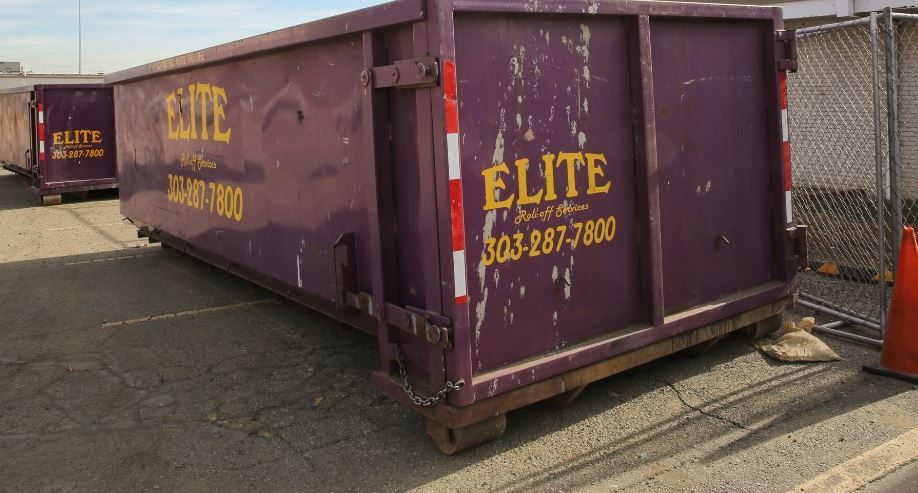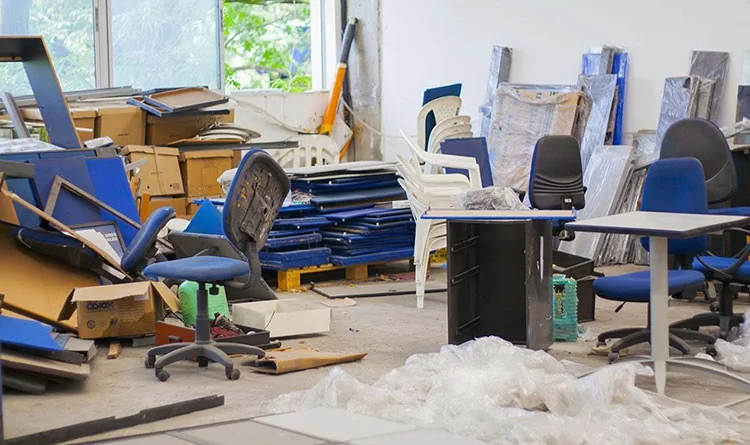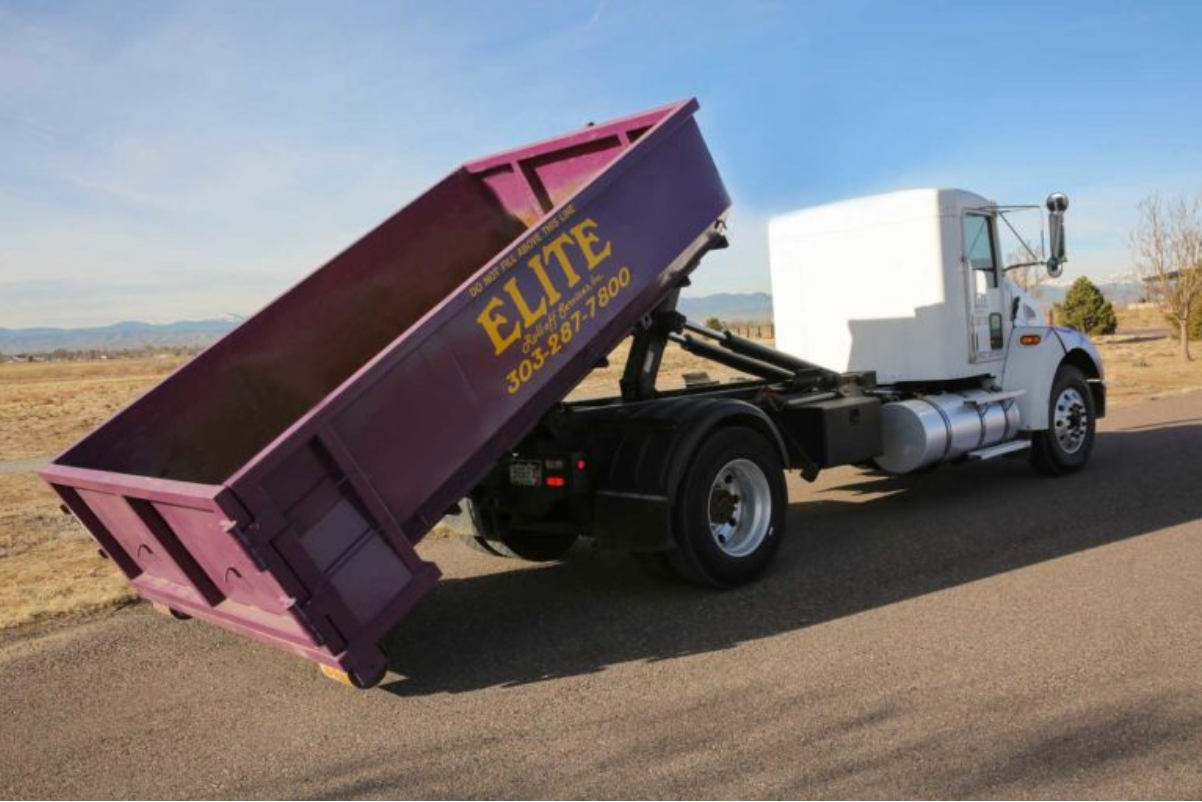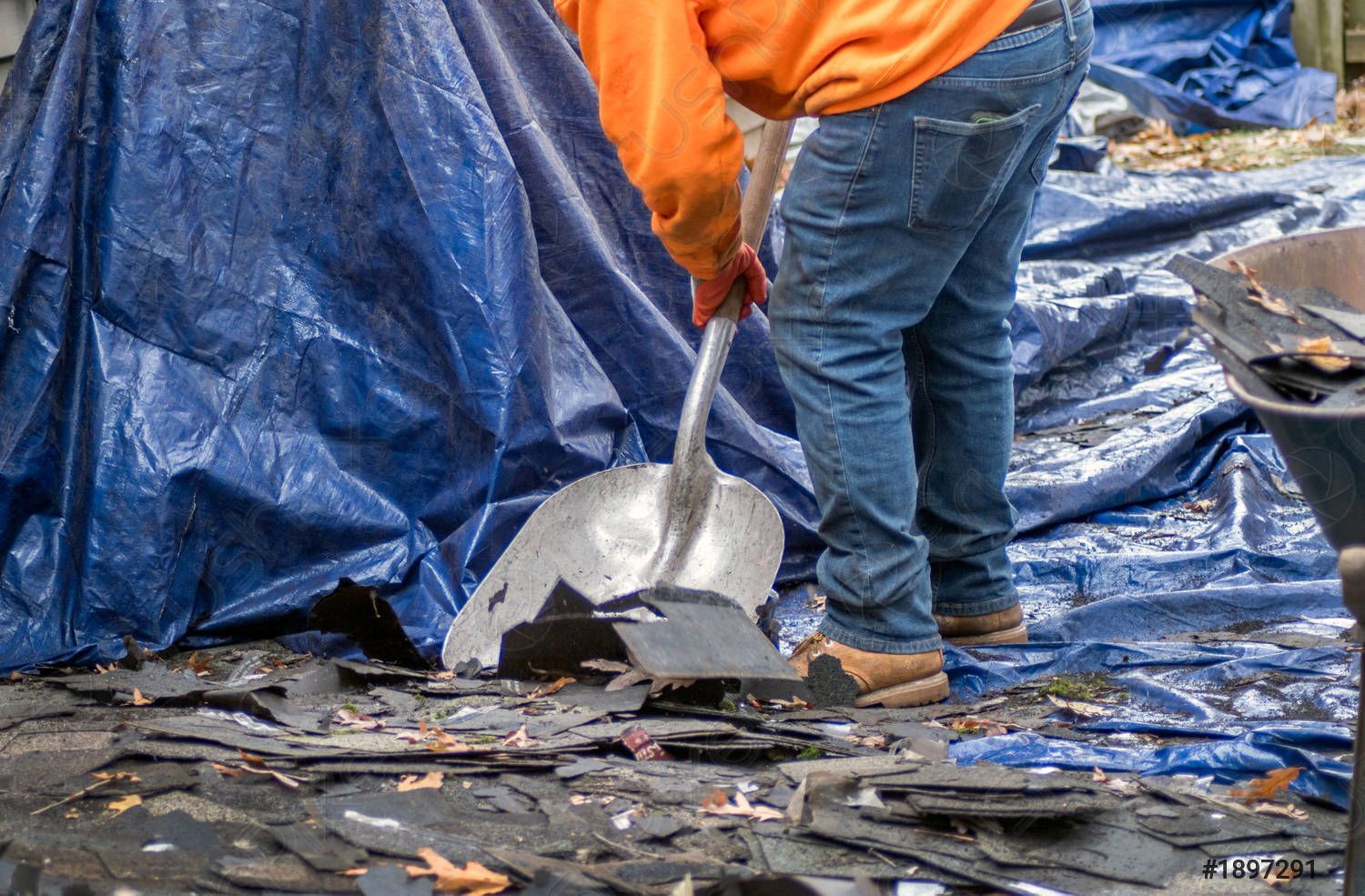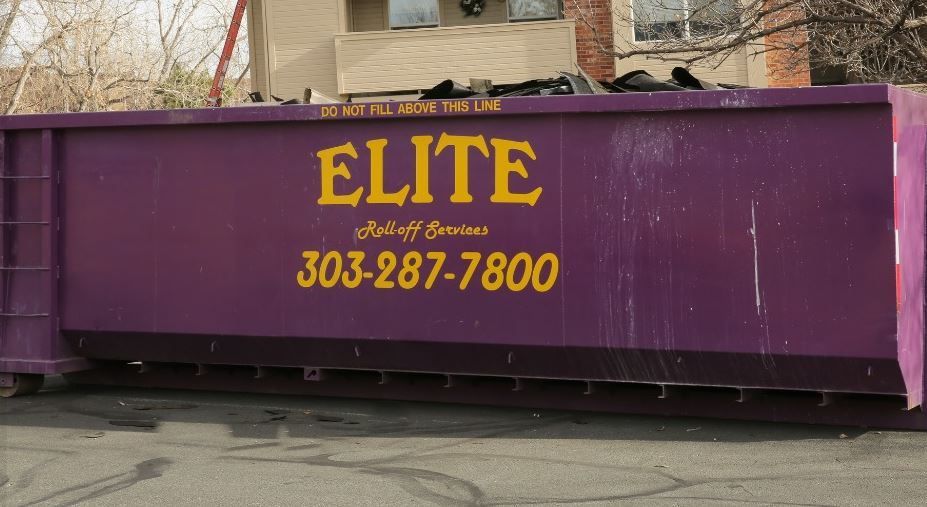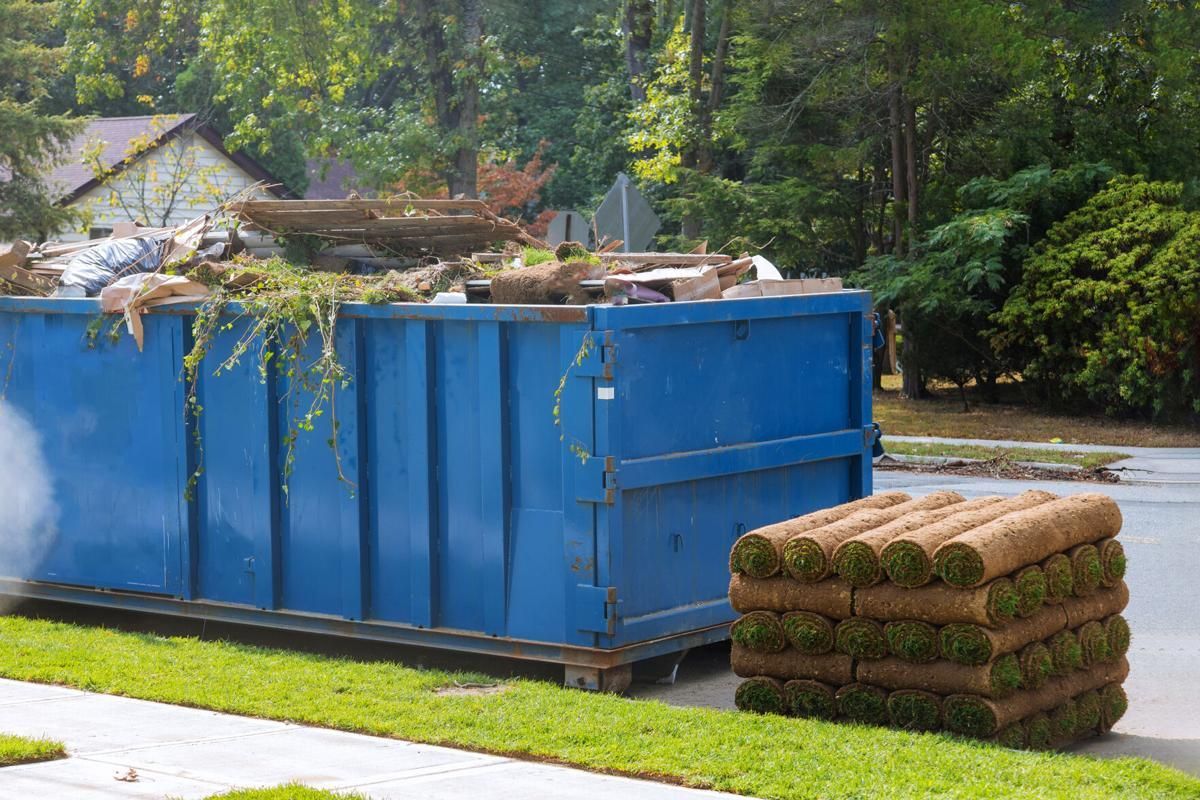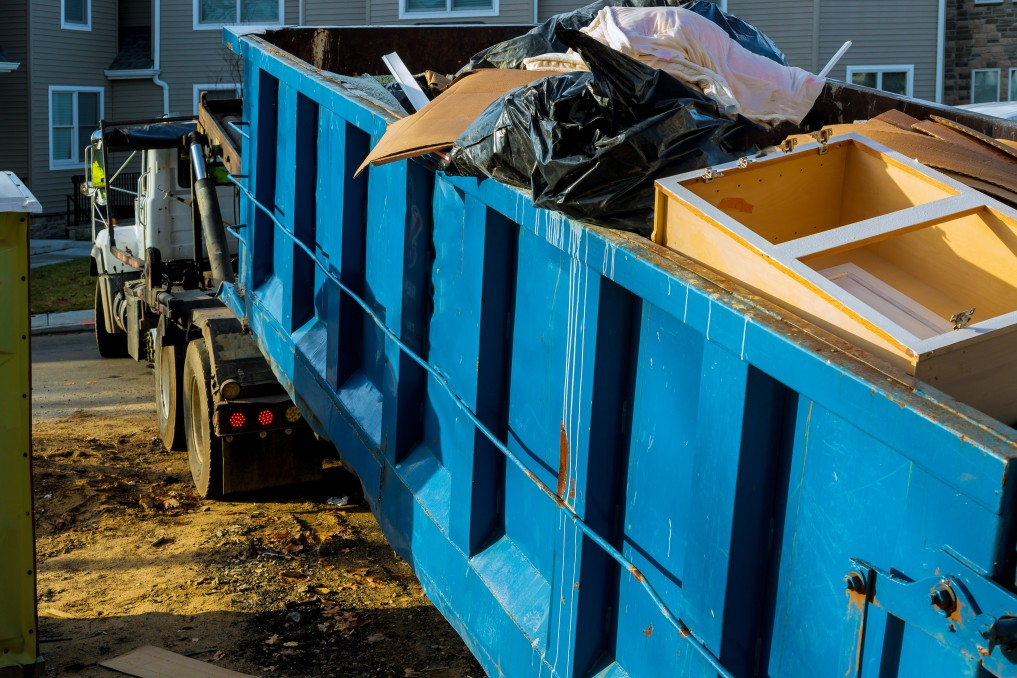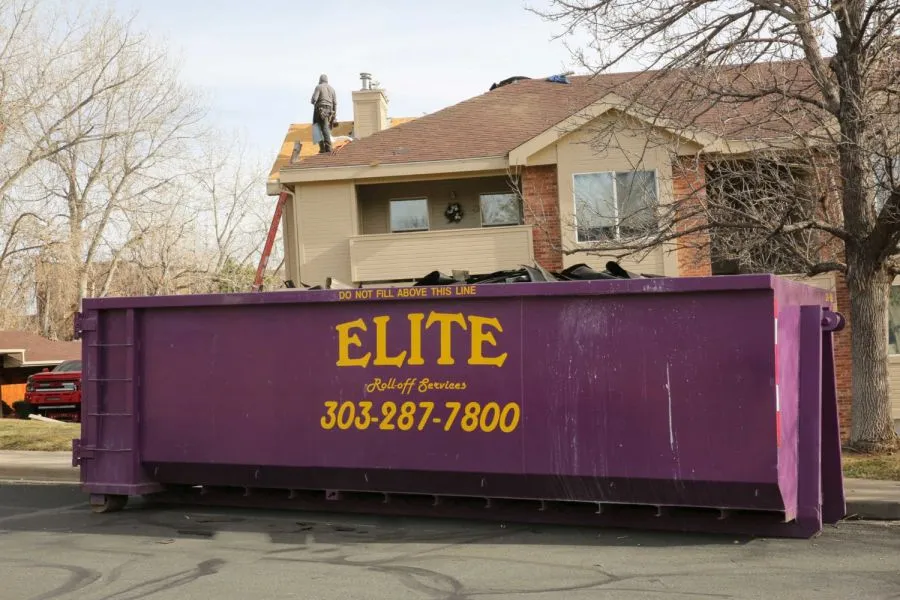Best Practices in Construction and Demo Waste Disposal
Best Practices in Construction and Demo Waste Disposal
Every year, there’s always a new home or commercial space being built or remodeled in Denver, CO. All these construction and remodeling activities involve a lot of trash. Hence, there’s a need for sustainable management of construction and demo waste. That’s where dumpster rental services come in to lift off the burden of trash from your construction and demo project.
In this article, we’re going to cover what are considered C&D materials and the three key points in waste management.
What Does Construction and Demo Waste Include?
- Asphalt (from roads and roofing shingles)
- Bricks
- Concrete Wood (from residential and commercial buildings)
- Earth, rocks, stumps, and tree branches from clearing sites
- Glass
- Gypsum (the main component of drywall)
- Metals
- Plastics
- Salvaged components (doors, plumbing fixtures, windows, kitchen sink, and cabinets)
Construction and Demo (C&D) Materials Waste Management
1. Segregate Waste Materials
Separating useful resources from waste and litter is a vital procedure that works best when done on-site since the materials are cleaner. Because demolition trash is occasionally polluted, it is usually simpler to separate and recycle cardboard, plastic, and metal during building operations. Qualified trash professionals can search through project debris to find usable timber, metal, concrete, or other valuable materials that may be recycled for new goods, packaging, or projects.
2. Rebuy, Recycle, Reduce, Reuse C&D Materials
These four ways to manage waste materials help in diverting C&D materials from disposal and going straight into the landfill. Let’s break down each item.
Rebuy - C&D source reduction activities include buying agreements that prevent superfluous materials and packaging from arriving at the construction site. Here are the following benefits when you buy used C&D materials for your new build projects.
- You help boost your local economy since the recovered C&D materials are usually sourced locally.
- You can reduce the costs of the construction and remodeling projects while you maintain the structure’s functionality and performance.
- It ensures that the collected materials will be reused to manufacture new products, thereby realizing the full benefits of the recycling program.
- It helps preserve the historical significance and the local’s architectural character.
Recycle - Where markets exist, many building components can be recycled. Materials supplied for recycling are sometimes poorly handled or neglected. Asking your recycler a few questions can be helpful. You can inquire if they are in accordance with state and local rules, whether they have a state license or registration, and/or a third-party certificate. These will help guarantee that your materials are managed properly and as intended. Furthermore, here are some of the ways to recycle C&D materials.
- Recycled asphalt, concrete, and debris are frequently used to make aggregate or fresh asphalt and concrete products.
- Wood may be recycled to make engineered wood goods such as furniture, as well as mulch, compost, and other items.
- Metals such as steel, copper, and brass are also important commodities that may be recycled. Furthermore, while cardboard packaging from construction sites is not categorized as a C&D material, it does enter the mixed C&D stream and has several markets for recycling.
Reduce - Source reduction decreases life-cycle material use, energy consumption, and trash output. The EPA ranks it first in terms of handling solid waste concerns. While it’s good to reuse and recycle, reducing the source prevents waste from being generated in the first place. Below are some measures to reduce C&D sources.
- Preserve existing buildings as opposed to new construction.
- Optimize the size and design new buildings to adapt and extend their useful lives.
- Use construction methods that facilitate the reusing of materials.
- Use alternative techniques in framing.
- Reduce interior finishes.
Reuse - It is not a resource-efficient practice to demolish old structures and dispose of the rubble. Reusing old but still useful C&D materials is an efficient approach to saving money while safeguarding natural resources. The main advantage of recycling materials is that it saves resources and energy by lowering the manufacture of new materials. Here are examples of materials that can be reused.
- Appliances, doors, hardware, and fixtures. These can be donated or reused to rebuild other projects.
- Cutoffs and scrap wood. Cutoffs can be used for blocking, cripples, and lintels so that there’s no need to cut full-length lumber. Also, scrap wood can be used as a groundcover or mulch.
- Gypsum. Crushed or de-papered gypsum can be used as a soil amendment, in moderate quantities.
- Concrete, bricks, and masonry. These can be recycled as driveway bedding, fill, or subbase material on site.
- Exterior walls’ excess insulation. These can be used as noise-deadening materials for interior walls.
- Paint can be used after remixing. You can apply it in storage areas, garages, or as a primer in your other painting jobs.
- Packaging materials. You can return them to suppliers to be reused.
3. Hire Rental Dumpster Services
Once you have done your fair share of reusing, recycling, and salvaging materials, it’s time to gather these non-reusable materials. Of course, there will be C&D materials that need to go to the landfill. Due to the volume of the trash, you will need the help of a roll-off dumpster rental service to dispose of it properly. Here are some tips for choosing a dumpster rental service.
- Check the customer reviews of the dumpster rental company before hiring.
- Check the company’s policy on waste disposal and see if they follow the protocols and safety measures.
- Choose the right size of the dumpster that can carry the size and volume of your trash load, so you won’t end up overspending.
- Request for a free estimate from at least three companies so you can have a comparison.
Conclusion
Seeing new construction or remodeling in any area is a sign of progress. And in every construction project, accumulating trash is inevitable. That’s why we at Elite Roll Off Services in Denver, CO are committed to making sure we dispose of your trash seamlessly. We do our best to deliver the best customer experience possible. We serve builders, contractors, homeowners, landscapers, property managers, and realtors. Contact us today for a free quote.


